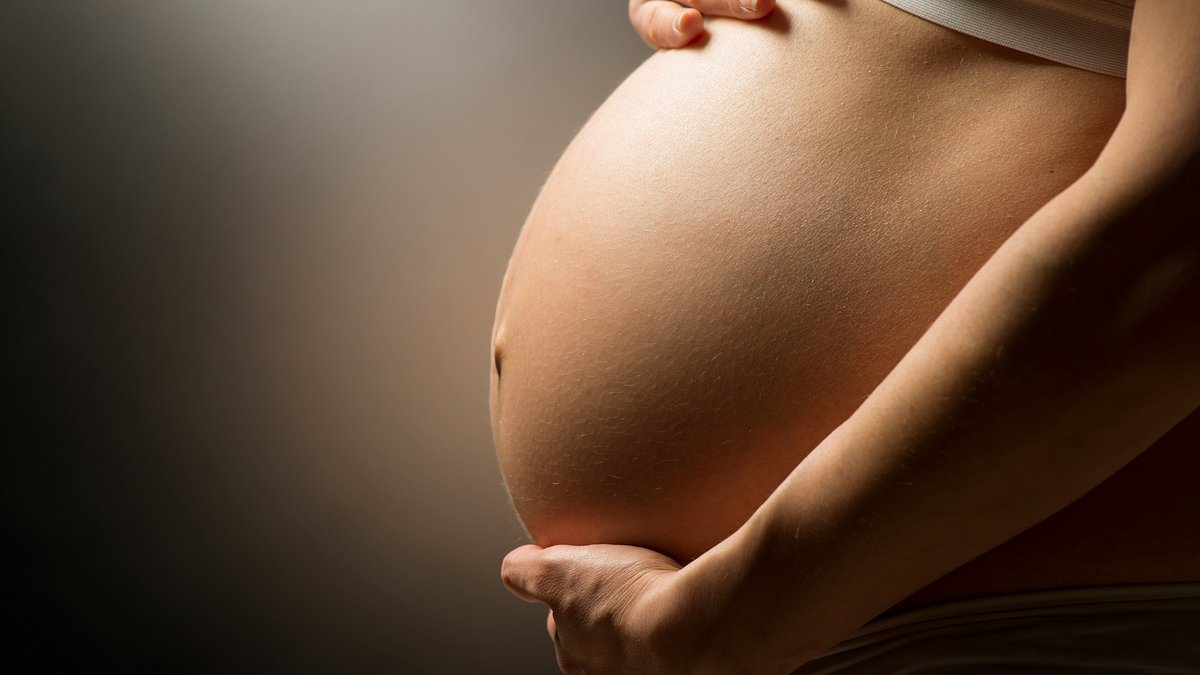The fertility rate in the US has plunged to another new low, with fewer women than at any point in history having children.
The rate was 54.5 births per 1,000 women of childbearing age (15 to 44 years old) last year, a three percent fall compared to 56 in 2022.
The number of babies born in the US also declined year-over-year, with just under 3.6million live births in 2023.
At the same time, immigration is soaring, with a record 2.6million immigrants coming to the US legally in 2022, and up to 14million people when accounting for illegal migration.
The trends are part of a major demographic shift occurring in the US and other western countries experiencing high migration and low birth rates.
Experts say the US is headed for a so-called ‘underpopulation crisis’ by 2050, when too few people are born to support its current economic system.


The above shows the number of live births in millions (blue bars) and the fertility rate per 1,000 women (green bars) each year from 2021 to 2023
America’s current population is being sustained by mass migration, mainly from Central American countries.
By 2045, some statisticians predict the US will have a minority white population, due to multiple factors including migration, the baby bust and the rise of interracial families – though these forecasts have been disputed in recent years.
The most recent CDC data showed in 2023, the total fertility rate fell to 1.62 births per woman, the lowest since the government began tracking the metric in the 1930s.
However, for a population to stay the same size, it must achieve a ‘replacement’ level fertility rate of 2.1 – a number the US hasn’t recorded since 2007, before the 2008 financial crash.
If unaddressed over time, it can lead to an increasing aging population, with a significant proportion needing care and unable to work.
Researchers have warned America faces an underpopulation crisis by 2050 and experts agree the demographic shift toward less births and an aging population is a crisis in the making.
In terms of age groups, largest declines in live births were in teens, with birth rates among 15- to 19-year-olds dropping four percent from 2022 to 2023.
Additionally, 18- to 19-year-olds experienced a five percent dip, representing the largest change within that group.
The CDC found more women who are having children are in their thirties, and the birth rate for women ages 20 to 24 reached a record low of 55.4 births per 1,000 women, a decline of four percent.

The above shows the birth rate for teenagers 15 to 19 years old, 15 to 17 years old and 18 to 19 years old each year from 2021 to 2023
There are several theories experts have posited as the reason behind the birth rate drop, including rising costs of living and the increased expenses that come with caring for a child.
They also point to people prioritizing careers over marriage and family, meaning an increasing number of people are becoming more focused on education and business success rather than saying ‘I do’ and having babies.
However, a 2023 Ohio State and University of North Carolina study found young Americans still plan to have two children on average.
About 88 percent of teens – both boys and girls – say they plan on having kids.
Still, the birth rate isn’t keeping up – and the only way to stabilize a population is for women to have more babies or for more immigrants to come into the country.
Today, immigrants account for 14 percent of the US population, according to the Pew Research Center.
In 2022, America’s foreign-born population reached a high of 46.1million people.
And as immigration policies became more permissive and immigration swelled, the number of foreign-born residents increased three-fold from 1970.
Since 1965, when the Immigration and Nationality Act opened immigration up to people coming from Asia and Latin America and allowed more immigrants to enter the US legally, about 72million immigrants have come to the US.
The Migration Policy Institute wrote: ‘Between 2021 and 2022, the growth in the number of immigrants in the United States accounted for 65 percent of the total U.S. population increase (912,000 out of nearly 1.4 million).’
Mexico is the top feeder of immigrants into the US, with 10.6million Mexican immigrants living in the US in 2022. They are followed by immigrants from India, China, the Philippines and El Salvador.
Due to the combination of declining birth rates, increased immigration and more racially diverse families, census projections from the Brookings Institute in 2018 predict the white population in the US will fall to a minority of 49 percent by 2045.










